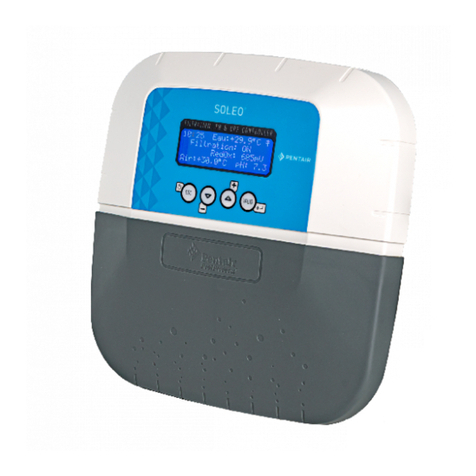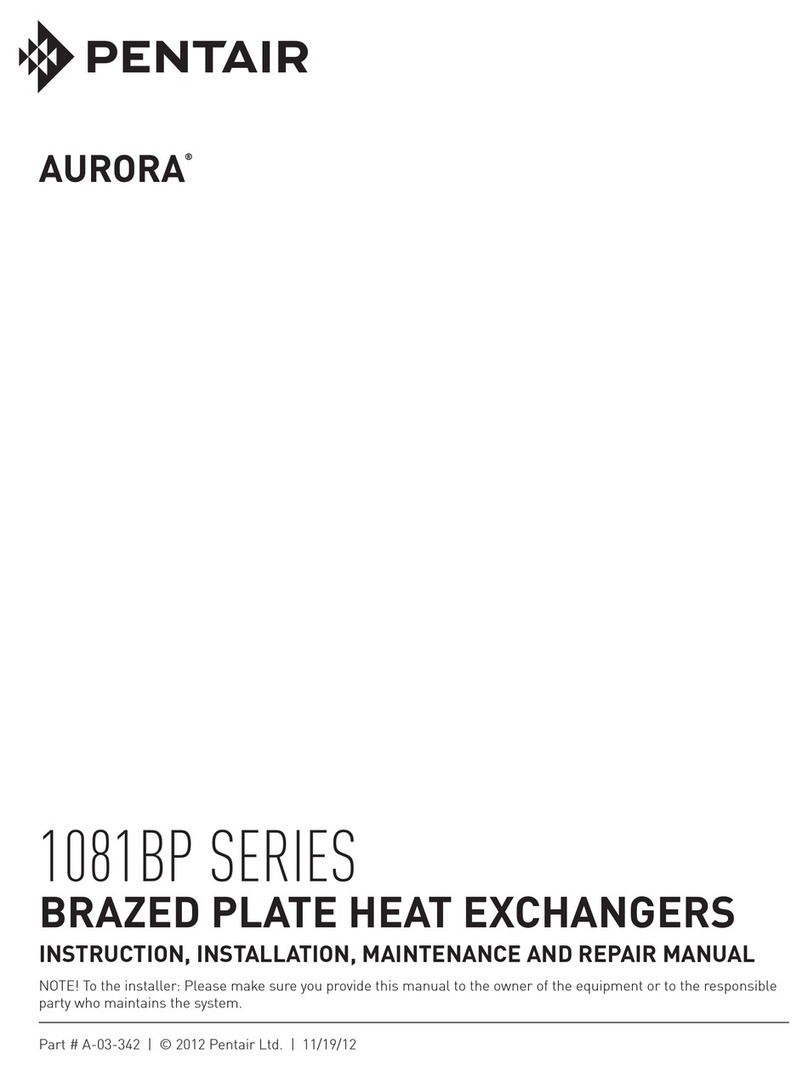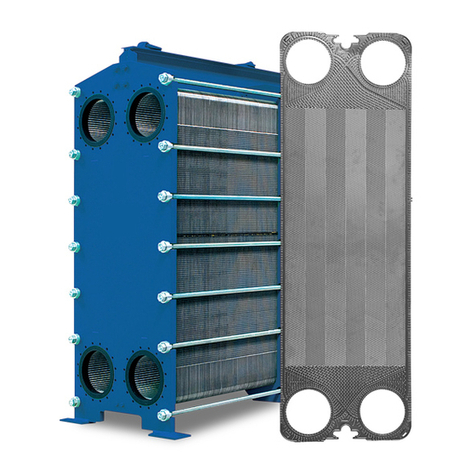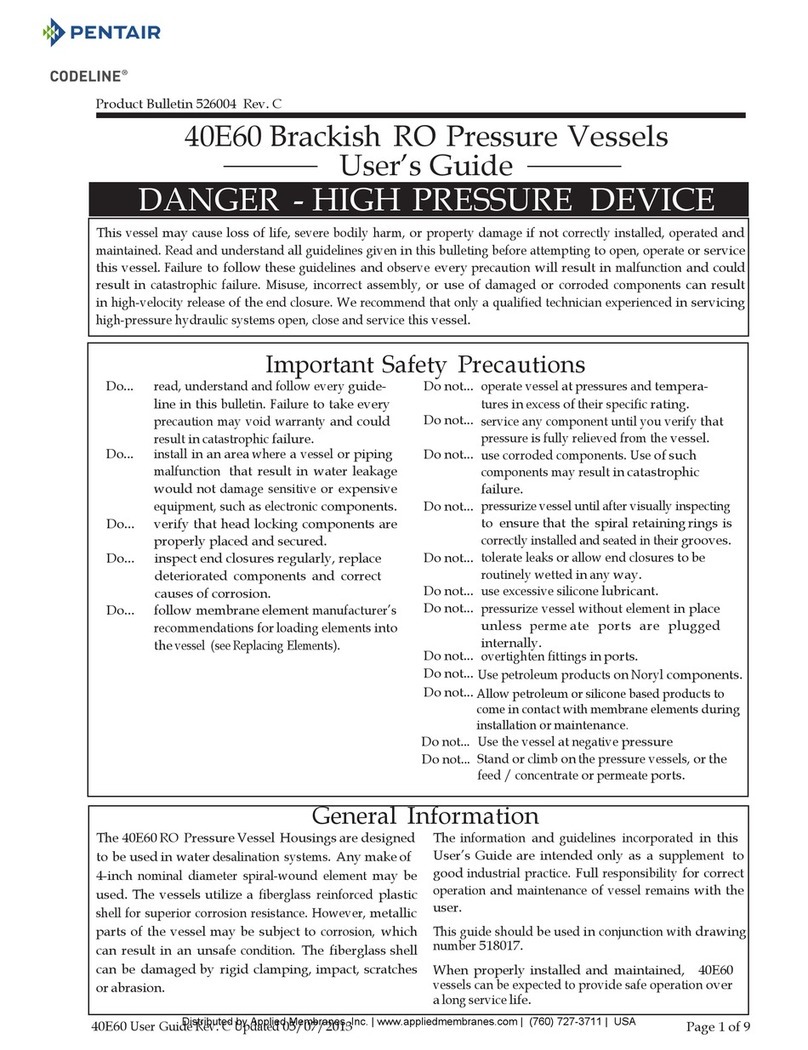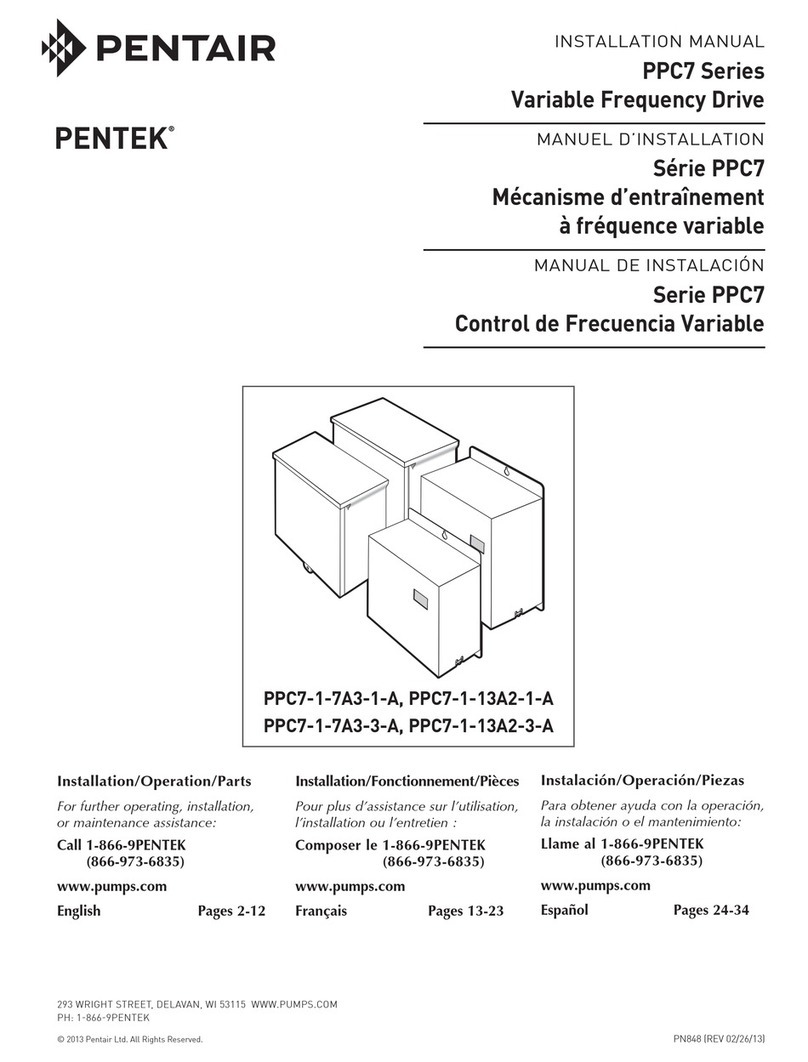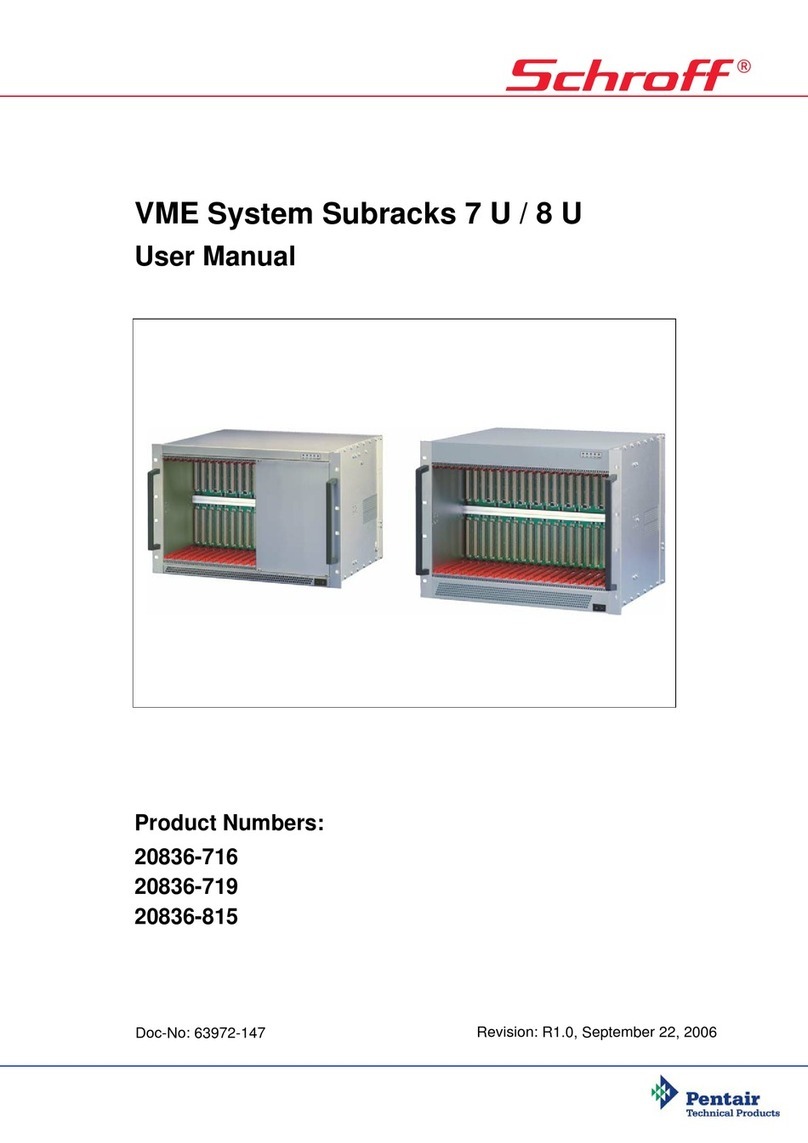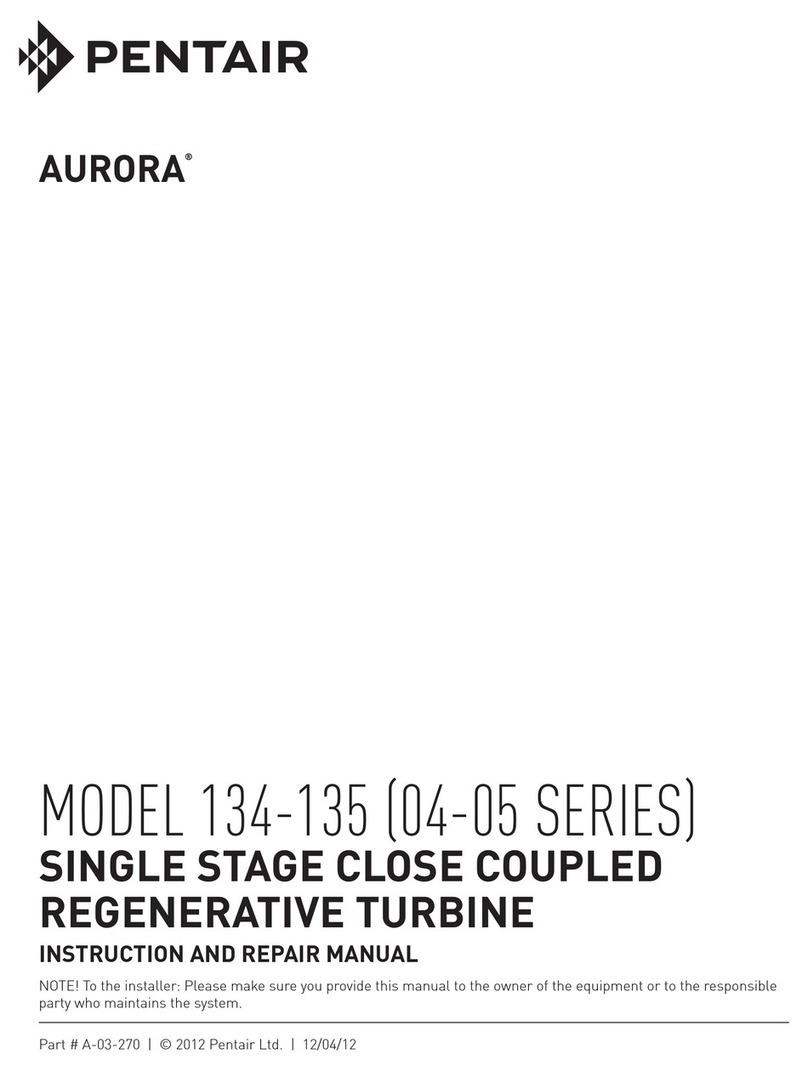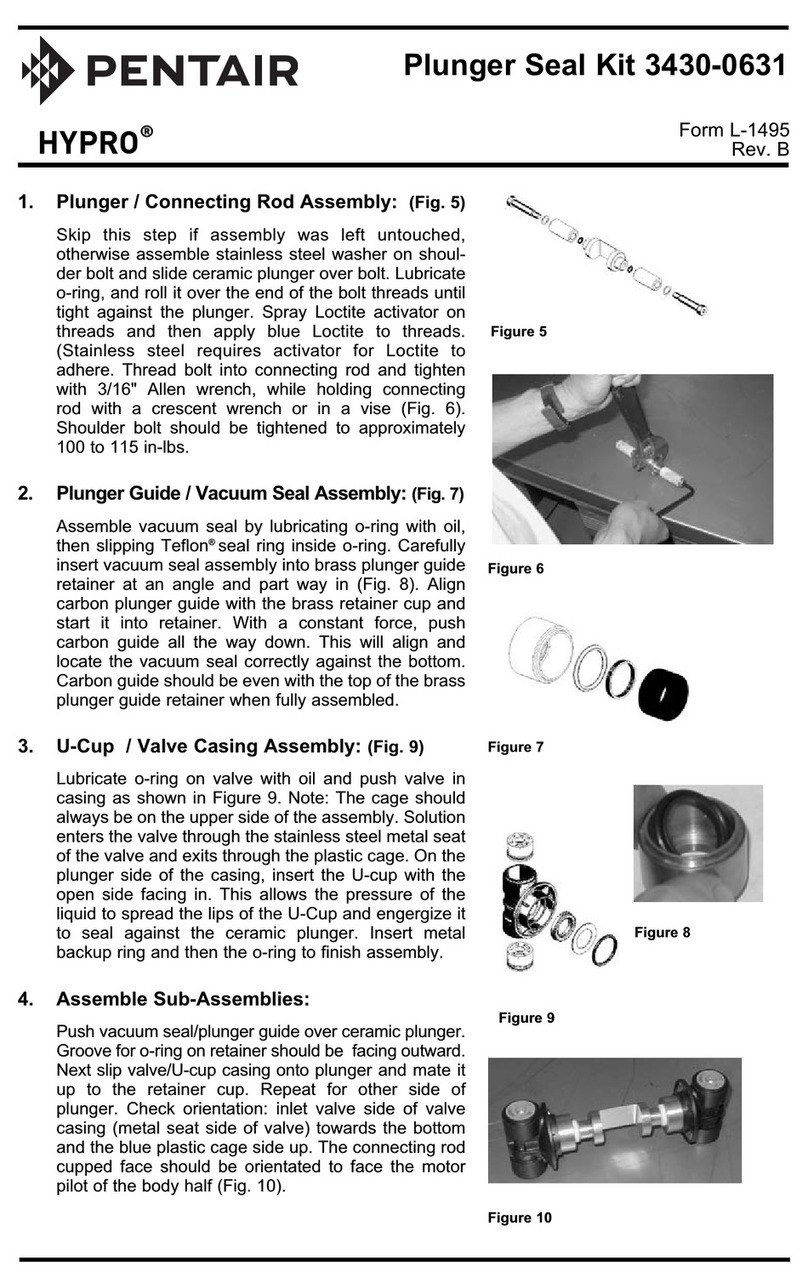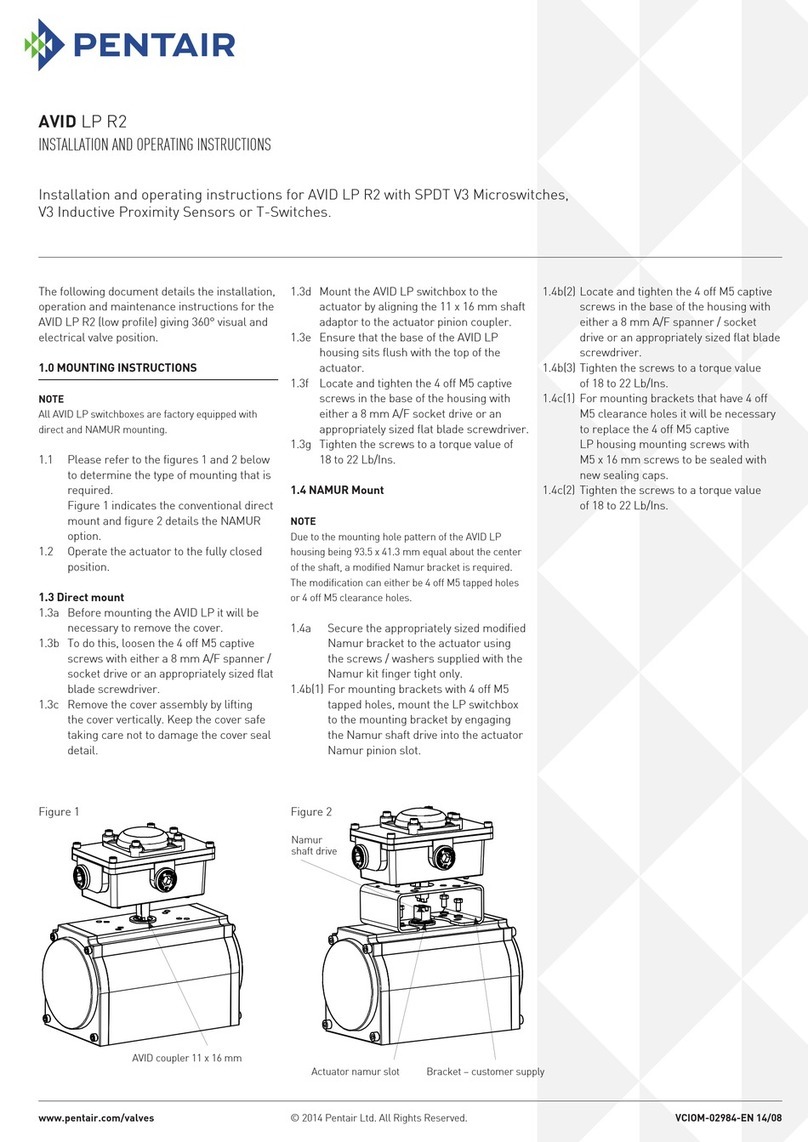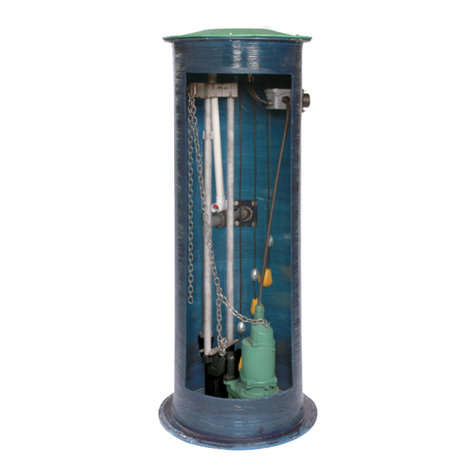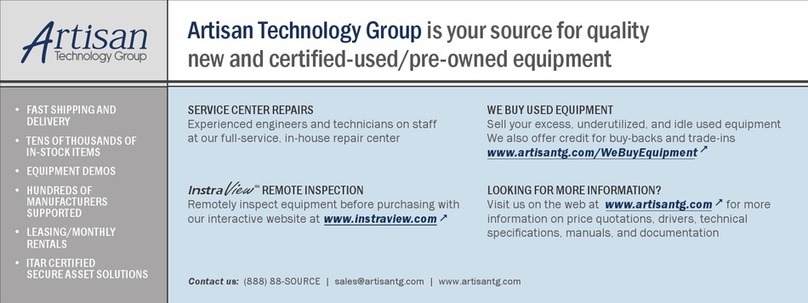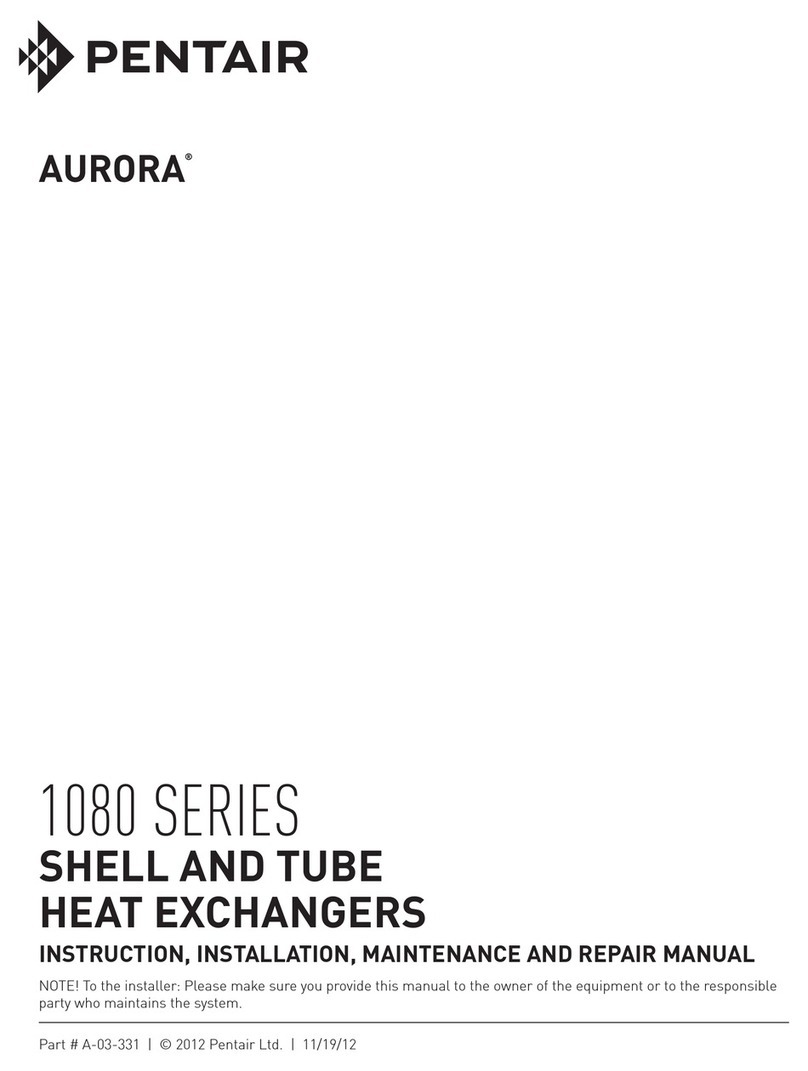
WARNING WARNING
ALWAYS check equipment for
proper operation before each
use, making sure safety devices
are in place and operating
properly. DO NOT alter ormodify
any part ofthe equipment asthis
may cause amalfunction and
result in serious bodily injury.
BEFORE CONNECTING
AIR MOTOR TO AIR LINE
LINCOLN SERIES Ill AIR MOTORS are
fully pneumatic and require aminimum
specified size of air supply hose for
proper operation. Check specification
for minimum I.D. of the air supply hose
and select corresponding sizes of air
controls and accessories for non-
restrictive air flow. Lincoln filter,
regulator with gauge and lubricators are
available as combination units (FRL).
For 3/8” air Iine -Model 83387-6
For 1/2” air line -Model 83387-8
For 3/4” air Iine -Model 83387-12
If quick disconnect coupling should be
used, install supplied coupler to insure
proper airmotor operation.
NOTE: Whenever flammable materials
are pumped, ground Airmotor according
to Local Codes.
OPERATING PRECAUTIONS
Use Lincoln replacement parts to
assure compatible pressure rating.
Heed ALL warnings.
DO NOT OPERATE Airmotor
continuously at speeds exceeding
75 cycles per minute.
DO NOT OPERATE Airmotor in excess
of recommended pressure range.
Disconnect air line and relieve (vent)
pressure when Airmotor sits idle for
long periods of time and before
servicing.
WARNING
ALWAYS read and follow the
fluid and solvent manufacturer’s
recommendations regarding the
use of protective clothing and
equipment.
To reduce the risk of serious
bodily injury or property damage.
NEVER exceed the maximum air
or fluid working pressure of the
lowest rated system component
ATTACHING AIRMOTOR TO
PUMPTUBE
1. Tightly attach the tie rods (Item 41) to
the Airmotor lower casting. Use short
threaded end of tie rods.
2. Mount Airmotor on top of pump tube
outlet and tightly connect pump tube
coupling nut to Airmotor Piston Rod
(Item 5).
3. Hand tighten tie rods to the pump
tube with four nuts (Item 42)
supplied with Airmotor.
4. Connect air supply and slowly cycle
pump several times using only
enough air pressure to operate pump
without stalling.
5. STOP pump on “UP’ stroke and
tighten four nuts to securely fasten
Airmotor to pump tube.
SERVICE AND
DISASSEMBLY PROCEDURE
WARNING
Always disconnect air supply
to Airmotor and relieve pressure
before checking, servicing, or
repairing any part of Airmotor.
1.
2.
3.
4.
5.
6.
7.
8.
9.
10.
TOOLS REQUIRED
7/64 (.109) Hex Wrench
5/32 (.156) Hex Wrench
3/16 (.189) Hex Wrench
1/8 (.125) Hex Wrench
3/4 (.750) Open End Wrench
(for 6“ Airmotor)
15/16 (.937) Open End Wrench
(for 8” Airmotor)
1/2 (.500) Open End Wrench
(for 4-1/4” Airmotor)
1/2 (.500) Box End Wrench.
Pliers
0-100 in. lb. Torque Wrench.
The modular design of the Airmotor and
accessibility of vital operation parts
make service available without taking
Airmotor out of line or without
complete disassembly.
Power Valve
1.
Remove four screws (Items 27 &34)
with 3/1 6“ hex wrench (2 on each
side).
2. Remove End Caps (Items 10 &14).
3. Push out Valve Spool (Item 13).
4. Remove Spool Bumpers (Item 9)
(One from each end).
5. Remove “O” Ring (Item 11) (One from
each end of valve body).
6. Remove four Screws (Item 37) with
3/16“ hex wrench and lift valve body
(Item 12).
7. Remove Gasket (Item 15) to
complete valve disassembly.
8.To REASSEMBLE, REVERSE
procedure.
Air Brake® Subassembly
1. Remove four Screws (Item 23) (two on
each end) with 3/16“ hex wrench and
pull out Air Brake® Subassembly.
2. Remove two Screws (Item 39), with
7/64” hex wrench and lift out Valve
Body (Item 17).
3. Remove four Screws (Item 32) (two on
each side of Air Brake”) with 1/8” hex
wrench and remove Signal Valve
Caps (Item 31) and Air Signal Valves
(Item 20).
4. Remove four Screws (Item 24) with
3/16“ hex wrench and lift off Upper
Body (Item 50) and Upper Gasket
(Item 51).
5. Remove Gasket Plate (Item 52) and
Lower Gasket (Item 53).
6. Remove Air Filter (Item 40) in two
locations.
7. Remove Pump Sleeve (Item 56) and
Piston (Item 55).
8. Remove Diaphragm Seal and
Retainer, Diaphragm, Spring and
Stop Valve Assembly (Items 61, 57,
58, 59 &60).
9. Remove cover from Bleed Assembly
(Item 67) and remove lock screw.
Using 1/2” box end wrench, remove
bleed valve bolt and remaining parts.
10. Remove Trip Indicator (Item 48).
11. To REASSEMBLE, REVERSE
procedure, insuring that:
a. Upper and Lower Gaskets (Items
51 &53) are well oiled with 10 wt.
motor oil.
b. Assembly Screws (Items 23 &24)
are torqued to 65 to 70 in. Ibs.
Cylinder Tube and Muffler
1.Remove Air Brake” Subassembly
(See previous instructions).
2. Remove two Screws (Item 30) with
3/16” hex wrench and pull off
Muffler (Item 29).
3. Remove Gasket (Item 28).
4. Remove four Nuts (Item 26) with
open end wrench.
5. Lift upward and remove Upper
Casting (Item 8).
6. Remove four Tie Rods (Item 25).
7. Remove Air Tube (Item 7).
8. Lift upward and remove Cylinder
Tube (Item 6).
9. Remove Piston and Piston Rod
(Item 5).
10. Remove four Connecting Rods
(Item 41) with open end wrench.
11. To REASSEMBLE, REVERSE
procedure.
NOTE: Align two holes on the Cylinder
Tube (Item 6) with two holes on the Air
Brake” Subassembly before tightening
Tie Rods (Items 25) so that proper seal
with “O’’-rings is achieved.
5

